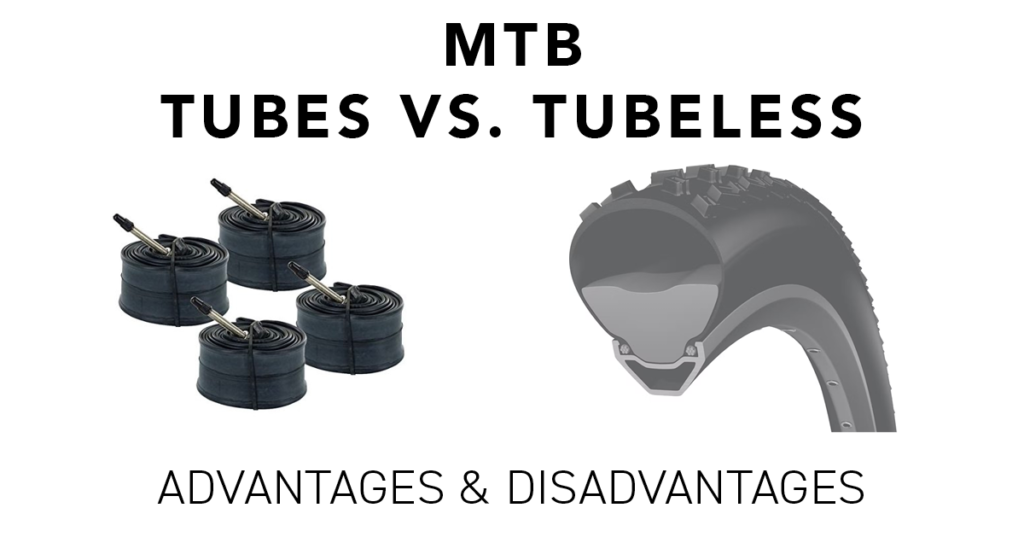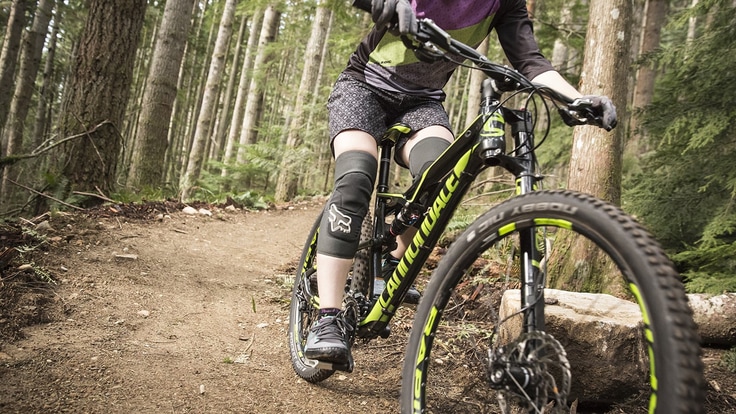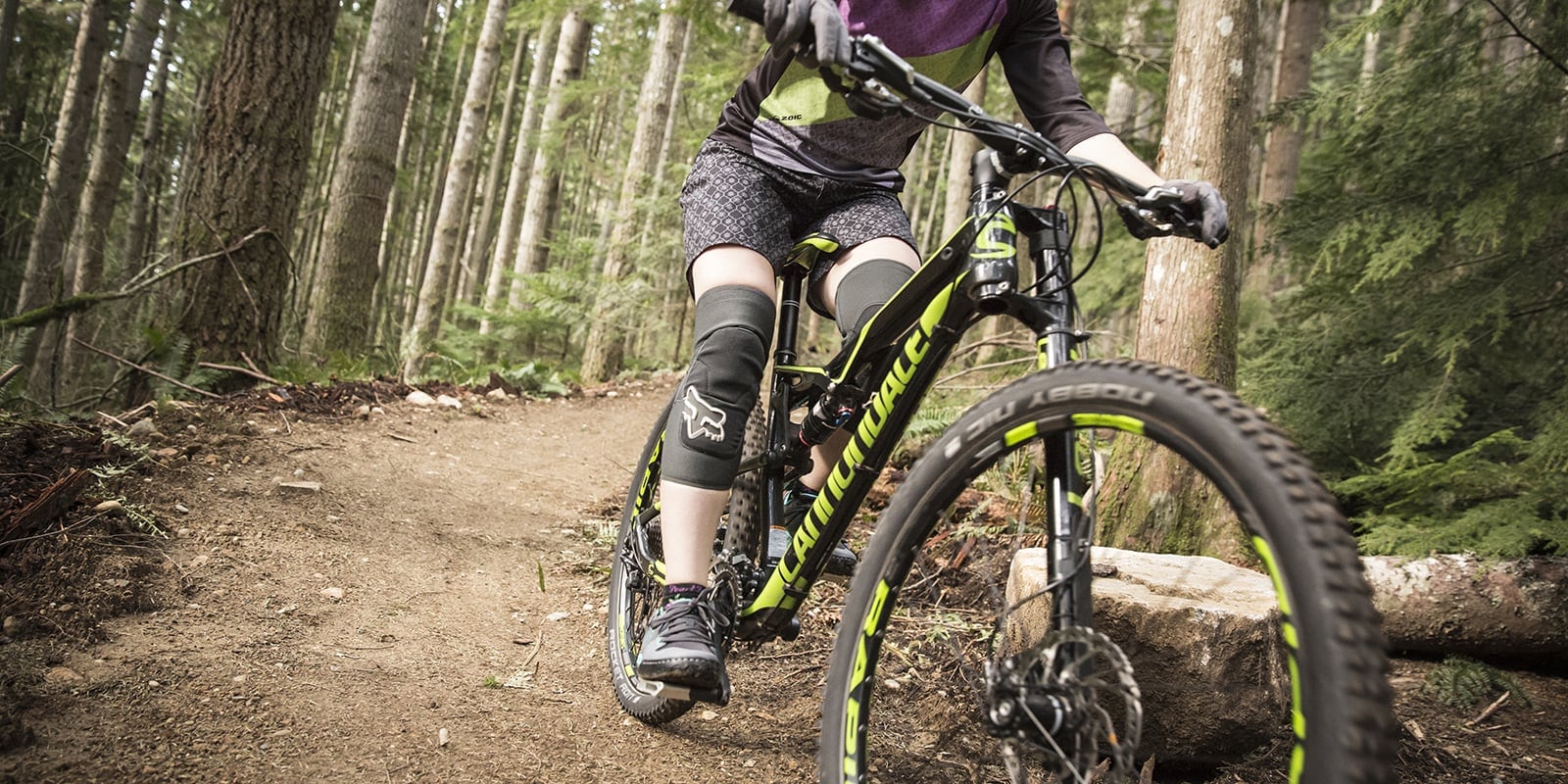Mountain biking enthusiasts often debate tubeless tires vs tube tires. Both have their unique advantages and disadvantages.
Understanding these differences is crucial for making the best choice for your ride. Tubeless tires are gaining popularity for their ability to prevent flats and offer better traction. On the other hand, tube tires have been the traditional choice, valued for their simplicity and ease of maintenance.
This comparison is important for riders who want to enhance their biking experience. Knowing the pros and cons of each type can help you decide which is best suited to your needs. Let’s explore the key differences and benefits of tubeless and tube tires for mountain biking.
Table of Contents
Mountain Bike Tires
Choosing the right tires for your mountain bike is crucial. Tires affect your bike’s performance and safety. There are two main types: tubeless and tube tires. Each has its own benefits and drawbacks. This section will help you understand the importance of tire choice and the history of bike tires.
Importance Of Tire Choice
The right tire can change your biking experience. Good tires improve grip, reduce flats, and make your ride smoother. Mountain biking often involves rough terrain. So, tire choice impacts your control and comfort.
- Grip: Better grip means safer rides on rocky paths.
- Durability: Durable tires last longer and handle tough trails.
- Comfort: Soft tires absorb shocks, making rides more comfortable.
Both tubeless and tube tires have their own advantages. Understanding these can help you make an informed decision.
Brief History Of Bike Tires
Early bikes used wooden wheels. In the late 1800s, rubber tires were introduced. These were solid rubber, not very comfortable. Then came the invention of pneumatic tires. These had inner tubes and were much softer.
In the 1980s, mountain bikes became popular. Riders needed tires that could handle rough terrain. The industry responded with specialized mountain bike tires. In the 2000s, tubeless tires were introduced. These offered better grip and fewer flats.
Today, riders can choose between tube and tubeless tires. Each type has evolved to meet the needs of modern mountain biking.
What Are Tube Tires?
Mountain bike tires come in two main types: tube tires and tubeless tires. In this section, we will focus on tube tires. Tube tires have an inner tube that holds the air, providing the cushion and support for the rider. These tires have been around for a long time and are still popular among many mountain bikers.
Structure And Design
Tube tires consist of a tire casing and an inner tube. The tire casing is the outer part that comes in contact with the ground. The inner tube is a separate, inflatable rubber tube inside the tire casing. Both the tire casing and the inner tube are mounted on the wheel rim.
The tire casing is usually made from a combination of rubber and fabric, which provides strength and durability. The inner tube is typically made from butyl rubber or latex, which holds the air and maintains the tire’s shape.
Pros And Cons
Tube tires have their advantages and disadvantages:
| Pros | Cons |
|---|---|
|
|
The easy installation and lower cost make tube tires a popular choice. Yet, their higher puncture risk and added weight can be drawbacks. Choosing between tube tires and tubeless tires depends on personal preference and riding style.
What Are Tubeless Tires?
Many mountain bikers are switching to tubeless tires for their rides. Tubeless tires, as the name suggests, do not use an inner tube. They have gained popularity for several reasons. This section will explore what tubeless tires are, their structure and design, and the pros and cons.
Structure And Design
Tubeless tires have a unique structure. The tire beads seal tightly to the rim. This creates an airtight seal. The rim also needs to be tubeless-ready. It comes with a specific design to hold the tire in place. Sealant is added inside the tire. It helps seal small punctures and keeps the tire inflated.
Because there is no inner tube, the risk of pinch flats is lower. Tubeless tires can also be run at lower pressures. This improves traction and ride comfort. The setup can be more complex. Installing tubeless tires requires special tools and knowledge.
Pros And Cons
Tubeless tires have many advantages. They reduce the risk of flats from thorns and sharp rocks. Running at lower pressures improves grip and control. The ride feels smoother on rough terrain. They are lighter, which can make the bike faster.
There are some downsides too. Initial setup is more difficult. You need tubeless-ready rims and tires. Sealant must be checked and refilled regularly. Tubeless tires can be more expensive. If a large puncture occurs, fixing it on the trail is challenging.
Understanding tubeless tires can help make an informed decision. They offer many benefits for mountain biking. But there are also some challenges to consider.
Performance Comparison
Mountain bikers often debate between tubeless tires and tube tires. Understanding their performance differences helps you make an informed choice. This comparison focuses on two key aspects: traction and grip and puncture resistance.
Traction And Grip
Traction and grip are vital for mountain biking. Tubeless tires provide better traction. They can run at lower pressures without risk of pinching. This increases tire contact with the ground, improving grip.
Tubed tires need higher pressure to avoid pinch flats. This reduces ground contact, which can affect traction. In loose or wet conditions, this difference becomes even more pronounced.
Puncture Resistance
Puncture resistance is a major concern for bikers. Tubeless tires have a clear advantage here. Sealant inside the tire seals small punctures automatically. This means fewer stops and repairs on the trail.
With tube tires, a puncture often means a flat. This requires you to stop and replace or repair the tube. This can be inconvenient and time-consuming, especially during long rides.
Maintenance And Repair
Mountain bikers often face the challenge of maintaining and repairing their bikes. This is crucial for the longevity of the ride. The maintenance and repair of tubeless tires and tube tires differ. Here’s a look at how each type of tire performs in this area.
Ease Of Repair
Tube tires are generally easier to repair. If you get a flat, you can quickly replace or patch the inner tube. Most riders carry a spare tube and a patch kit. This makes it simple to fix a flat on the trail.
Tubeless tires can be more challenging. Repairing a flat means you need a tubeless repair kit. You might have to use tire plugs or sealant. This process can be messier and time-consuming. Some riders find it difficult to reseat the tire bead.
Durability
In terms of durability, tubeless tires have an edge. They are less prone to pinch flats, which occur when the tube gets pinched between the tire and rim. This makes them more reliable on rough trails.
Tube tires are more susceptible to these pinch flats. They can also develop punctures more easily. Riders need to be cautious of sharp objects and rough terrain to avoid frequent repairs.
| Feature | Tube Tires | Tubeless Tires |
|---|---|---|
| Repair Ease | Simple and quick | More complex |
| Durability | Prone to pinch flats | Less prone to pinch flats |
| Tools Required | Patch kit, spare tube | Tubeless repair kit, sealant |
In conclusion, your choice may depend on your preferences for repair ease and durability. Knowing the differences can help you make an informed decision.

Credit: www.tbsbikeparts.com
Cost Analysis
Understanding the cost differences between tubeless tires and tube tires is crucial for mountain bike enthusiasts. This section will explore the initial investment and long-term costs associated with each option, helping you make an informed decision.
Initial Investment
The initial cost of tubeless tires is typically higher compared to tube tires. This is due to the special rims, sealant, and valve stems required for tubeless systems. A standard tubeless setup can cost around $80 to $150 per tire.
| Component | Average Cost |
|---|---|
| Tubeless Tire | $50 – $100 |
| Sealant | $10 – $20 |
| Valve Stems | $10 – $30 |
In contrast, tube tires are more budget-friendly. A typical setup costs around $40 to $80 per tire. The components needed are simpler and less expensive.
| Component | Average Cost |
|---|---|
| Tube Tire | $20 – $50 |
| Inner Tube | $5 – $10 |
Long-term Costs
While the initial investment for tubeless tires is higher, their long-term costs can be lower. Tubeless tires are more resistant to punctures, leading to fewer replacements and repairs. Over time, this can result in savings.
- Less frequent replacements
- Lower maintenance costs
On the other hand, tube tires may require more frequent replacements and repairs. The cost of inner tubes and the labor involved in fixing punctures can add up over time.
- More frequent replacements
- Higher maintenance costs
In summary, while tube tires are cheaper initially, tubeless tires can offer savings in the long run due to their durability and lower maintenance needs.
Suitability For Different Terrains
Mountain biking offers thrilling experiences. But choosing between tubeless and tube tires can affect your ride. Each type of tire has its own strengths and weaknesses. Here we will explore their suitability for different terrains.
Rocky Trails
Rocky trails test the durability of your tires. Tubeless tires provide better traction on rocky surfaces. They can run at lower pressures. This increases grip and comfort. They are also less prone to pinch flats. This is because there is no inner tube to pinch.
Tube tires are more vulnerable on rocky trails. Sharp rocks can easily puncture the inner tube. Though they are easier to repair, frequent flats can be frustrating. They are more prone to pinch flats when riding over sharp edges.
Muddy Paths
Muddy paths can be challenging for any mountain biker. Tubeless tires perform well in muddy conditions. Lower air pressures allow for a larger contact patch. This improves traction. Mud sheds more easily from tubeless tires, reducing the risk of clogging.
Tube tires can struggle in mud. Higher air pressures may cause the tires to sink in the mud. This can make it harder to maintain control. Mud can get trapped between the tube and tire. This increases the chance of punctures.
| Terrain | Tubeless Tires | Tube Tires |
|---|---|---|
| Rocky Trails | Better traction, fewer flats | Prone to pinch flats |
| Muddy Paths | Improved traction, sheds mud easily | Higher risk of getting stuck |

Credit: www.rei.com
Final Verdict
Choosing between tubeless tires and tube tires for your mountain bike can be challenging. Each has its advantages and disadvantages. Your choice should match your riding style and preferences.
Which Is Better?
Tubeless tires offer fewer punctures and a smoother ride. They can run at lower pressures, providing better traction. Tube tires are easier to install and repair. They are also less expensive.
| Aspect | Tubeless Tires | Tube Tires |
|---|---|---|
| Installation | More complex | Simpler |
| Puncture Resistance | High | Moderate |
| Cost | Higher | Lower |
| Ride Quality | Smoother | Standard |
| Weight | Lighter | Heavier |
Considerations For Riders
Think about your budget. Tubeless tires are more expensive. Do you ride on rough trails often? Tubeless tires resist punctures better.
- Maintenance: Tubeless tires need sealant checks. Tube tires need less frequent maintenance.
- Skill Level: Beginner riders may prefer tube tires. They are easier to install.
- Ride Frequency: Frequent riders may benefit from tubeless tires. They offer a smoother ride.
Choose the tire that suits your needs best. Consider your riding style, budget, and maintenance preferences.

Credit: www.rei.com
Frequently Asked Questions
What Are Tubeless Tires?
Tubeless tires are tires without an inner tube. They seal directly to the rim. They offer better puncture resistance and lower rolling resistance.
Are Tubeless Tires Better For Mountain Biking?
Yes, tubeless tires are better for mountain biking. They provide better traction, reduce the risk of flats, and improve overall ride quality.
How Do Tube Tires Work?
Tube tires contain an inner tube filled with air. The tube holds the air pressure. They are easier to install but more prone to punctures.
Can I Convert Tube Tires To Tubeless?
Yes, you can convert tube tires to tubeless. You’ll need a tubeless conversion kit, including sealant, rim tape, and tubeless valves.
Conclusion
Choosing between tubeless and tube tires depends on your biking needs. Tubeless tires offer better puncture resistance and smoother rides. Tube tires are simpler to install and often cheaper. Both options have their benefits. Consider your terrain, riding style, and maintenance skills.
Tubeless may suit rough trails and frequent riders. Tube tires can be ideal for casual bikers. Evaluate what fits your budget and preferences. Both types can enhance your mountain biking experience. Make an informed choice and enjoy the ride!

